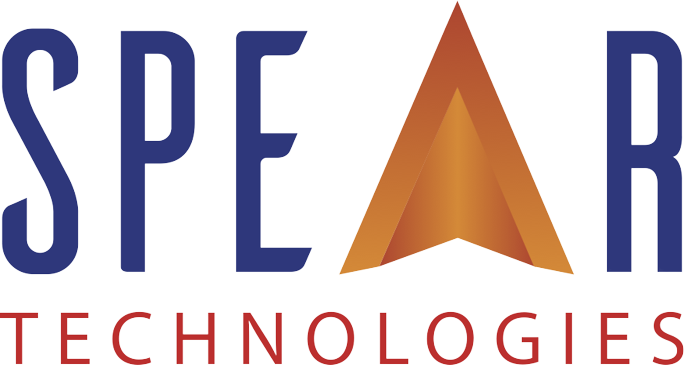Lessons Learned for Insurers from California Wildfires

The devastation caused by California’s wildfires in recent years, including the ongoing fires in Los Angeles, has been both heartbreaking and eye-opening. As these natural disasters grow in frequency and intensity, insurers face the dual challenge of supporting affected communities while reassessing their risk management practices. These catastrophic events underscore the importance of adaptability, preparedness, and empathy in the insurance industry.
1. Insights from the Current Los Angeles Fires
The ongoing wildfires in Los Angeles highlight the urgent need for insurers to integrate advanced technology and predictive analytics into their operations. These fires have displaced thousands of residents and caused significant property damage. Key lessons for insurers include:
- Real-Time Risk Monitoring: Leveraging satellite imagery and drones to track the spread of fires and provide timely updates to policyholders.
- Predictive Analytics for Proactive Measures: Using AI-powered models to forecast high-risk zones and communicate with customers about evacuation plans and mitigation strategies.
- Enhanced Claims Support: Deploying digital claims platforms to manage the influx of claims efficiently and reduce processing times during emergencies.
2. Prioritizing Customer-Centric Practices
Wildfires leave families and communities in distress, making insurers’ roles critical in recovery efforts. Effective communication, quick claims processing, and empathy are essential during these times. Key takeaways include:
- Proactive Outreach: Initiating contact with policyholders in affected areas ensures they know how to file claims and access immediate resources.
- Simplified Claims Processes: Streamlining documentation and claim requirements reduces stress for policyholders during emergencies.
- Emotional Support: Training claims adjusters in compassionate communication fosters trust and reassurance among customers facing personal losses.
3. Reevaluating Underwriting Practices
The increasing unpredictability of wildfires necessitates a shift in underwriting strategies. Insurers must consider:
- Incorporating Climate Risk Models: Advanced analytics and AI tools can provide more accurate assessments of wildfire risks.
- Geographic Diversification: Balancing risk exposure across regions can mitigate the financial impact of catastrophic events.
- Policy Adjustments: Offering tailored coverage options, such as wildfire-specific endorsements, ensures customers are adequately protected.
4. The Importance of Continuous Audits
Risk is not static. The dynamic nature of wildfires requires ongoing evaluation of risk models and strategies. Insurers must:
- Conduct Regular Audits: Continuously review risk assessments, policyholder data, and exposure levels to adapt to changing conditions.
- Update Predictive Models: Use the latest data and climate insights to refine algorithms and improve forecasting accuracy.
- Enhance Data Collaboration: Partner with meteorological agencies and research institutions to access real-time and historical data for better planning.
- Real-Time Data Integration: Enable faster, more accurate claim assessments while reducing errors and costs, enhancing fraud detection, risk assessment, and customer satisfaction.
5. Emphasizing Resilience and Mitigation
Encouraging resilience among policyholders reduces potential losses and strengthens community ties. Insurers can:
- Incentivize Risk Reduction: Provide discounts or credits for homeowners who implement wildfire mitigation measures, such as defensible space, fire-resistant materials, and sprinkler systems.
- Promote Community Programs: Partner with local governments and organizations to support wildfire education and prevention initiatives.
- Support Recovery Efforts: Collaborate with public entities to rebuild infrastructure and ensure long-term resilience.
6. Adapting to Regulatory and Market Changes
California’s wildfires have prompted new regulatory requirements and shifts in the insurance market. Insurers must:
- Stay Compliant with Evolving Regulations: Monitor changes in state and federal policies to ensure adherence to wildfire risk disclosures and coverage mandates.
- Engage in Public Policy Discussions: Collaborate with regulators to develop fair and sustainable insurance solutions for high-risk areas.
- Educate Policyholders: Ensure customers understand their policies, coverage limits, and risk factors.
7. Leveraging Technology for Better Preparedness
The recent fires in Los Angeles serve as a stark reminder of the importance of technology in predicting and managing wildfire risks. Applications include:
- Remote Sensing and Satellite Imagery: Real-time data from satellites and drones to identify high-risk areas and monitor wildfire progress, enabling timely evacuations and resource allocation.
- AI-Powered Risk Analysis: Machine learning models, combined with historical data and climate forecasts, to predict wildfire patterns and improve underwriting precision.
- Predictive Analytics for Resource Allocation: Anticipate claim surges, allocate resources effectively, and provide quicker support to affected areas.
- Digital Claims Management: Simplify claim submissions and updates through autonomous agents, improving customer experience and reducing turnaround times.
8. Building Financial Resilience
The financial toll of wildfires underscores the need for strong capital reserves and risk-transfer mechanisms. Strategies include:
- Reinsurance Partnerships: Transfer a portion of wildfire-related risks to reinsurers to maintain financial stability.
- Catastrophe Bonds: Leverage alternative risk transfer solutions to offset potential losses from large-scale events.
- Scenario Planning: Conduct stress tests to prepare for worst-case scenarios and maintain operational continuity.
A Path Forward with Empathy and Innovation
California’s wildfires emphasize the urgent need to balance innovation with compassion. Insurers must adopt forward-thinking strategies while maintaining a strong commitment to their customers.
At its core, the ability to provide coverage in a rapidly changing environment hinges on controlling loss ratios and reducing the cost per claim. Advanced capabilities such as AI, deep analytics, and intelligent automation play a pivotal role. Ease of access, integration, reduced vendor dependency, and flexible configurations further enhance the benefits of modern systems.
By harnessing these technologies, insurers can achieve significant improvements in cost control, efficiency, and customer satisfaction. The adoption of modern core technology represents a transformative opportunity to enhance risk management, improve profitability, and support sustainable growth. Through innovation and empathy, insurers can navigate the evolving landscape with resilience and agility, ensuring long-term success.
Schedule a Demo to see first-hand how your organization can begin leveraging the advanced AI functionality, deep analytics and intelligent automation of SpearSuite™, our full range of award-winning P&C insurance software solutions including claims management, policy administration, and portal solutions built by industry experts on a modern low code platform that delivers the power of built-in AI and Analytics.
To discover how Spear’s solutions are accessible to insurers of all sizes, Request Pricing.



